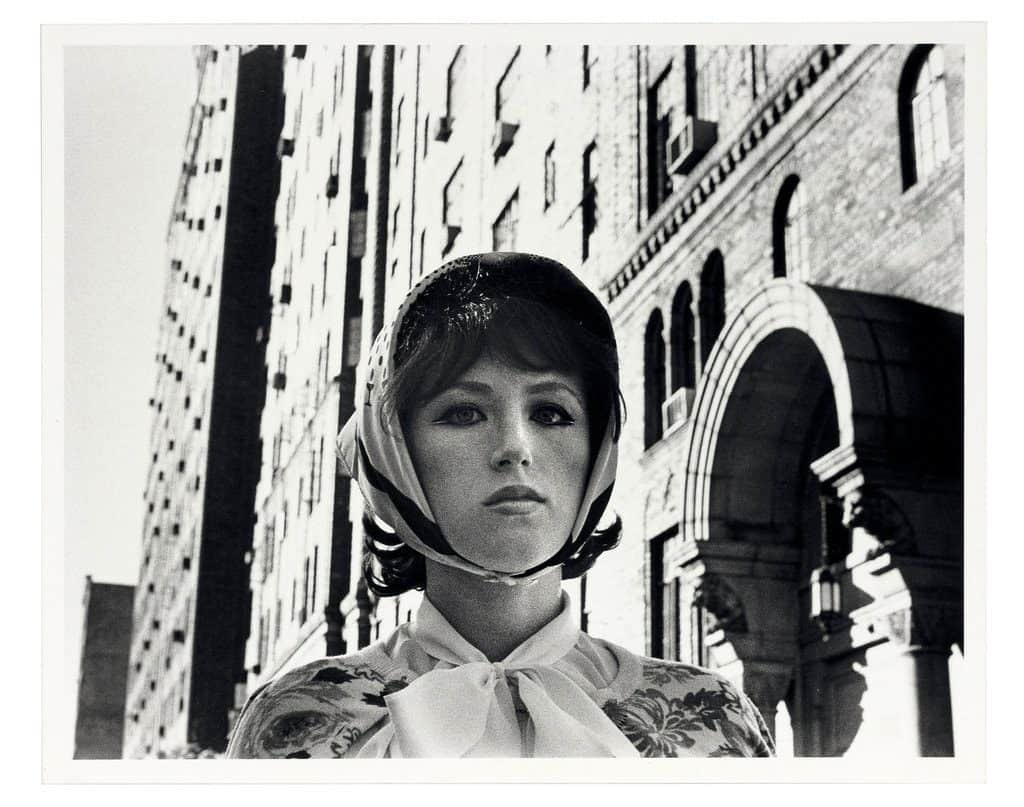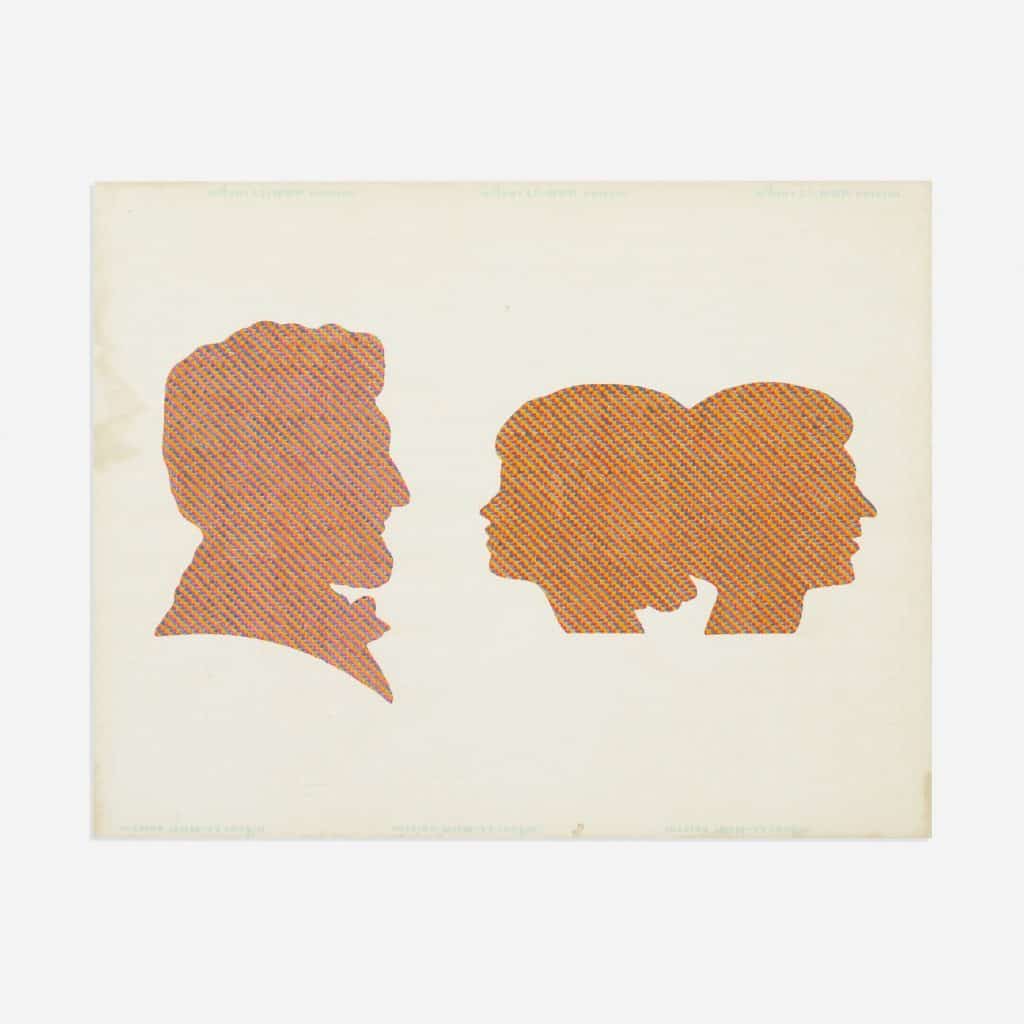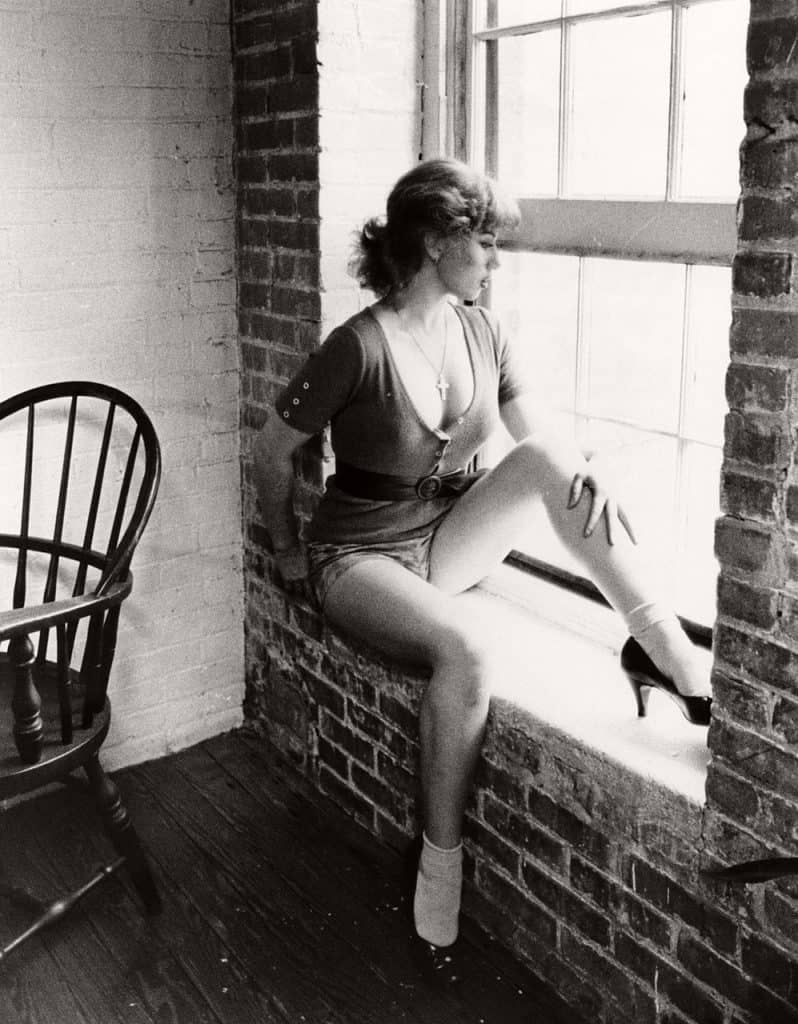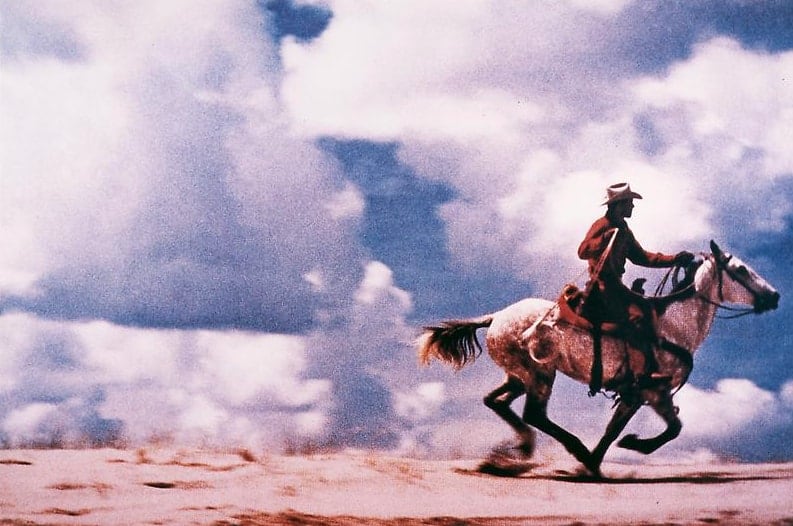Articles and Features · By Shira Wolfe
Art Movement: Pictures Generation

“Re-presentation, not representation.” – Douglas Crimp
What is the Pictures Generation?
The Pictures Generation was a loosely-knit group of artists which emerged in the United States in the 1970’s. Influenced by the art of Minimalism and Conceptualism, the artists, who were mainly working in the fields of photography, film and performance, explored how images shape our perceptions of ourselves and the world. The overridingly female-dominated movement can be understood as a reaction against the machismo of Abstract Expressionism, and as a response to the dashed hopes for political and social change of the post-1968 generation.
Key period: 1970s – 1980s
Key regions: USA
Key words: Appropriation, re-presentation, media culture, socially constructed identity
Key artists: Cindy Sherman, Richard Prince, Sarah Charlesworth, Jack Goldstein, Barbara Kruger, Louise Lawler, Sherrie Levine, David Salle, Laurie Simmons

1976-1977. Courtesy Wright Auctions
Douglas Crimp’s 1977 “Pictures” Show
In 1977, art critic Douglas Crimp organised a show for the non-profit gallery Artists Space in New York, which he titled “Pictures.” Though the show was small and only included five artists – Troy Brauntuch, Jack Goldstein, Sherrie Levine, Robert Longo, and Philip Smith – it grew to have an enormous influence on the art scene, and in fact cemented the status of a new group of artists, who came to be known as the Pictures Generation. Crimp had understood that recognisable images, taken from popular culture and media, were becoming important elements in art. He was particularly interested in ideas about identity and representation, inspired by the critical thinking of Walter Benjamin, Michel Foucault, Julia Kristeva, and Roland Barthes, who believed that identity was a constantly shifting thing which was manufactured and learned through social constructions. The artists he included in the show were concerned with the image as a means of perceiving reality, not as a representational end in itself, and with mass media as a shaper of identity. As Crimp explained in his exhibition catalogue: “To varying degrees, the five artists exhibited in the show have appropriated images from popular culture to carry out their explorations of how symbols ‘mean.'”
The exhibition included Sherrie Levine’s “Sons and Lovers” series, a suite of 36 drawings of silhouetted heads executed in fluorescent tempera on graph paper. The heads are of Washington, Lincoln, Kennedy, an unknown woman and an unknown couple, and are placed facing each other in different combinations. Other seminal pieces included Jack Goldstein’s “Metro-Goldwyn-Mayer” (1975), which showed the Metro-Goldwyn-Mayer lion roaring, the classic opening to many Hollywood movies.
Though Cindy Sherman and Richard Prince were not included in the show, they would go on to become two of the most famous artists associated with the Pictures Generation.

“Most of what’s happening that passes for information is total fiction. I turn the lie back on itself.” – Richard Prince
Iconic Artists and Key Works
Cindy Sherman’s Untitled Film Stills (1977-80)
In this series of 69 black-and-white photographs, Cindy Sherman photographed herself in various melodramatic guises calling to mind stereotypical feminine characters from 1950s and 1960s B-movies. As such, you will find characters like the jaded seductress, the unhappy housewife, the jilted lover, and the vulnerable naif. The series became an important contribution to feminist discourse and a hallmark of postmodernist art. Throughout her work, Cindy Sherman continues to subvert the visual markers which we use to understand and describe the world around us, and challenge stereotypes of femininity and beauty.

Richard Prince’s Cowboy Series (1980s)
In the early 1980s, Richard Prince started to rephotograph Marlboro cigarette ads, cropping out the text and framing them like fine art. Prince explained that he was interested in re-presenting the closest thing to the real thing. The Marlboro cowboys had come to be seen as the quintessential symbol of male, American virility. Prince used this symbol of American culture and presented them as relics of an imagined, individualistic culture. Today, Prince continues his role as the appropriation-master of the art world. He rephotographs people’s Instagram profiles and photos, and presents them as art in the gallery space.

Barbara Kruger’s Untitled (Your body is a battleground) (1989)
Barbara Kruger addresses media and politics in their own language: using tabloids and a sensational, authoritative, and direct approach. In her 1989 work Untitled (Your body is a battleground), which was created for the Women’s March on Washington, Kruger shows her support of reproductive freedom. 1989 was a year marked by demonstrations protesting a new wave of anti-abortion laws.

Sarah Charlesworth’s Stills Series (1980)
Sarah Charlesworth’s Stills series is an eerily beautiful, sad and strangely serene body of work showing people falling to their death. Charlesworth rephotographed images of both known and unknown people committing suicide by jumping off buildings, the subjects frozen in mid-air after having jumped, and before having crashed to the ground. In other works, Charlesworth explored the values and stereotypes of Western culture, as well as power dynamics and sexuality, through the appropriation of images found in newspapers and other media.



2009 Metropolitan Museum Show – “The Pictures Generation, 1974-1984”
In 2009, the Metropolitan Museum of Art presented the first ever museum show to focus solely on the art and artists of The Picture Generation. 160 works by the following 30 artists were exhibited: John Baldessari, Ericka Beckman, Dara Birnbaum, Barbara Bloom, Eric Bogosian, Glenn Branca, Troy Brauntuch, James Casebere, Sarah Charlesworth, Rhys Chatham, Charles Clough, Nancy Dwyer, Jack Goldstein, Barbara Kruger, Louise Lawler, Thomas Lawson, Sherrie Levine, Robert Longo, Allan McCollum, Paul McMahon, MICA-TV (Carole Ann Klonarides & Michael Owen), Matt Mullican, Richard Prince, David Salle, Cindy Sherman, Laurie Simmons, Michael Smith, James Welling, and Michael Zwack.
The show firmly cemented the group of artists known as the Pictures Generation within a trajectory of postmodern conceptual art that started with Robert Rauschenberg.
Legacy
Many of the Pictures Generation artists are still active today, employing similar tactics and working with many of the same critical concepts as before. Artists like Cindy Sherman, Laurie Simmons, and Richard Prince, to name but a few, continue to subvert notions of reality and representation in our mass-media-saturated society. Younger generations of artists build on the legacy of the Pictures Generation as they explore the implications of the online world and the culturally constructed symbols of contemporary society through their art.